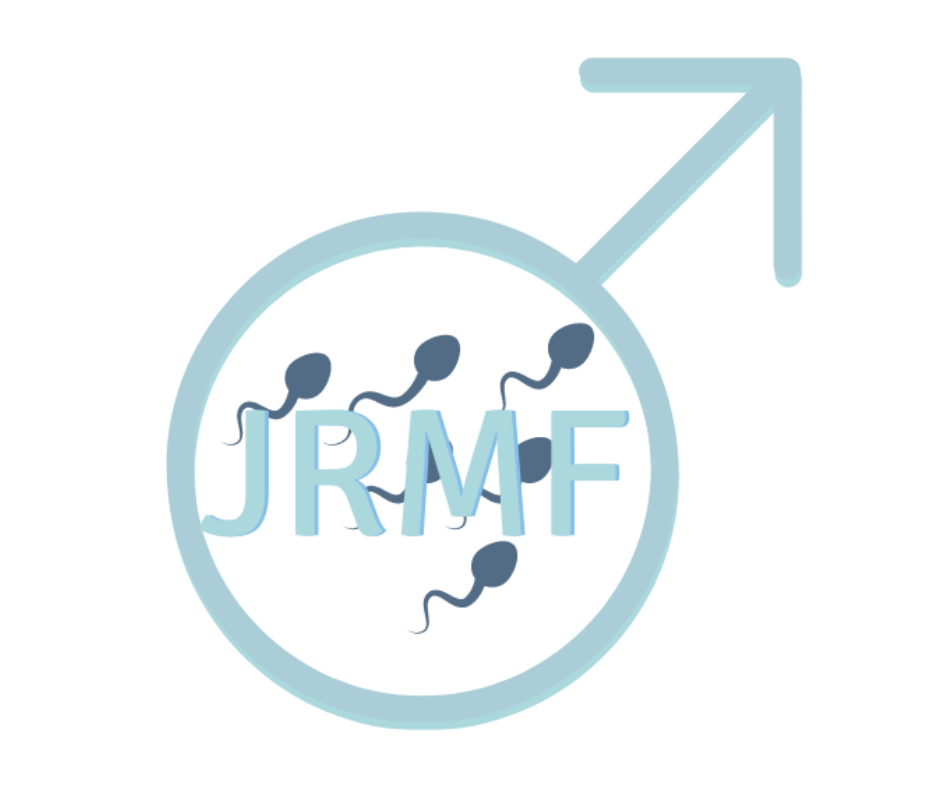Fertility 2024 – Rethinking Reproduction Conference in Edinburgh, and the Tasmanian Tiger – what is the story?
I have just returned from the fertility conference in Edinburgh, in fact a very enjoyable and informative event, less about IVF and more about the science of reproduction and the biological issues particularly surrounding the diagnosis of male fertility.
But first let us talk about the Tasmanian tiger. Whatever has this extinct marsupial creature to do with fertility?
Well, probably quite a lot, because this extraordinary story is about genetic engineering to recreate a relatively recently extinct species.
The tiger was top of the food chain in Tasmania. He only had one lot of predators – the sheep farmers who hunted the tiger relentlessly and finally, in 1937, the Tasmanian tiger became extinct. But the ecosystem became unstable and today, without any predators, other species are now at risk. So, the question arises as to whether it might be possible to recreate the extinct tiger? It turns out that there is a process described in existing and almost unbelievable detail by Andrew Pask, from the University of Melbourne.
Andrew explained how the tiger’s genome could be spliced and edited from the remains of the creatures, mostly in museums, and then that DNA used to fertilise an egg of an existing living marsupial. So, although the ‘de-extinction’ of the Tasmanian tiger is not yet realised, the process is now within the sight of reality.
This fertility conference – Fertility 2024 – was different, not just because of the tiger but because it was not focused on female fertility and IVF. Indeed, the subtitle of the conference, ‘rethinking reproduction’, was refreshing. Each of the three days had a theme: biology, technology, and society. If you stand back from each couple’s situation, we need to understand the biology, harness the technology, and be sensitive to the societal implications of what we hope to achieve – it really is not all about IVF! (Which of course is what everybody thought 20 years ago.)
The sessions and presentations on the biology of male factor infertility were numerous, important, and encouraging. This is quite simply because currently we usually lack a proper diagnosis, because we have not been able to interrogate the Y chromosome properly. We should be looking for tiny abnormalities, which are known as point mutations. This is the study of genomics as explained by Joris Veltman. At present, there are about a hundred potential ‘candidate’ or suspected gene mutations which may be causative, or at least associated with male factor infertility. So far, 14 have been identified and although not yet available as diagnostic tests, I predict that this is not far away. At least then we might start to understand which men with severe oligospermia or even azoospermia and surgically retrieved sperm cannot succeed… and then, much further down the track, possibly the sort of gene editing proposed for the Tasmanian tiger.
A similar presentation about the importance of genomics was presented by James Turner from the Francis Crick Institute. This concentrated more on the disorders of the two sex chromosomes (X and Y) which, as we know, can be replicated or misarranged with almost inevitable consequences on testicular and hormonal development. This is painstaking work, infinitely more detailed than merely identifying the much larger areas of the Y chromosome which, as we have known for decades, can be deleted or are absent in cases of azoospermia and severe oligospermia. So, all of these studies into the genomics of male factor infertility are vitally important. As all of you who may be affected by male factor fertility know, simply applying this unhelpful label to your otherwise unexplained situation is deeply unsatisfactory and merely adds to frustration and a sense of loss. Therefore, to have a reason – a diagnosis – is a very significant step forward, because only with a diagnosis can we even envisage treatment – back to the tiger?
So now let us return to the ‘present’. My friend Prof Peter Schlegel from Cornell in New York gave a masterful presentation on surgical sperm retrieval – micro-TESE – which Peter developed and probably actually ‘invented’, almost accidentally, about 20 years ago. He reported the outcomes of 2000 or so cases from Cornell – hugely impressive and I think very useful for fertility units, some of which have an unreasonably pessimistic view of the outcomes of properly conducted microsurgical sperm retrieval operations. These clearly should be the province of those who are trained (urologists) and who are relatively ‘high-volume’ surgical practitioners.
Another contemporary debate which affects many couples is ‘implantation failure’. This is when apparently normal-looking blastocysts or five-day-old embryos fail to implant. This can also occur, but to a lesser extent, with blastocysts known to be genetically normal after a biopsy or ‘PGTA’. Because there is a tendency to overdiagnosis – it often takes more than four normal embryo transfers in women of 35 to 40 years old to have a live birth, some gynaecologists have postulated that ‘implantation failure’ as a condition does not exist – it is merely what commonly happens naturally – but we just do not know that there could have been a pregnancy. Nick Macklon from the London Women’s Clinic argued clearly that recurrent implantation failure was an entity and that this did warrant focusing on, particularly focusing on the receptivity of the endometrium, especially when genetically normal embryos (euploid embryos) fail to implant.
In summary, there was something in this conference for all of us involved with fertility – urologists, gynaecologists, and scientists – but more widely for the couple still struggling, because it is only by all of us cooperating together and understanding each other that we can make a difference to what probably should be renamed ‘couple fertility’.


